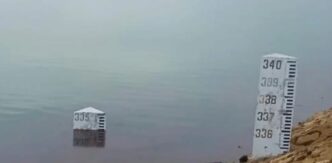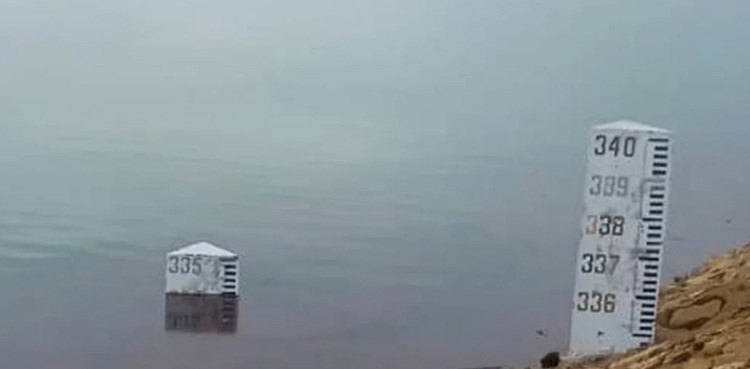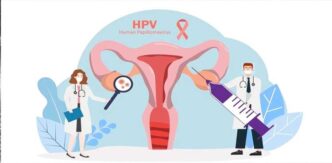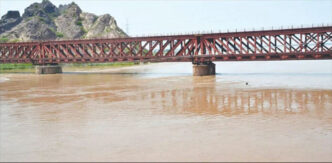Certainly! Here is a comprehensive report on the water level surge at Hub Dam following rainfall in its catchment area, based on the latest available information.
🌊 Hub Dam Water Level Surges After Rainfall: Comprehensive Analysis
🔍 1. Overview of Current Water Levels
Hub Dam, one of Pakistan’s largest water reservoirs, has experienced a significant increase in water levels due to recent monsoon rains in its catchment areas. As of September 2025, the dam has reached its maximum conservation level of 339 feet above mean sea level, with a live water storage of 646,000 acre-feet. This represents a substantial improvement from previous levels, with the water having risen from 322 feet to over 335.5 feet following heavy rainfall in the region. The dam last reached this full capacity in 2013, making this a significant event for water management in the region.
📍 2. Geographical Context and Importance
Hub Dam is strategically located 56 km from Karachi and spans an area of 24,300 acres with a gross storage capacity of 857,000 acre-feet of water. It is Pakistan’s third-largest dam and serves as a critical water source for both Karachi and parts of Balochistan. The dam’s catchment area extends over hundreds of kilometers across both Sindh and Balochistan provinces, particularly including the Kirthar Range and hilly areas of Balochistan.
💧 3. Rainfall and Inflow Patterns
The recent surge in water levels is directly attributed to heavy monsoon rains in the dam’s catchment areas during August and September 2025. The rainfall in these regions has been substantial enough to significantly replenish the reservoir after periods of drought. The Pakistan Meteorological Department had forecast that rainfall in the catchment areas would likely raise water levels in Hub Dam, and these predictions have proven accurate with the dam reaching full capacity.
🏙️ 4. Impact on Water Supply
4.1 Karachi Water Supply
The increased water levels at Hub Dam represent significant relief for Karachi’s ongoing water crisis:
The dam supplies approximately 100 million gallons daily (MGD) to Karachi, primarily serving District West and parts of District Central (including North Karachi and New Karachi)
Karachi faces severe water shortages, with a daily requirement of over 1,200 MGD but currently receiving only around 650 MGD
The current water storage is anticipated to sustain water supply requirements for Karachi for approximately the next three years
4.2 Balochistan Water Supply
Hub Dam also serves important water needs in Balochistan:
37% of the reservoir’s capacity is supplied to Lasbela district and surrounding areas in Balochistan for irrigation purposes
The increased water availability will support agricultural activities in these regions
📊 5. Historical Context and Comparison
Hub Dam has reached its full capacity only 12 times since its completion in 1981. The last time the dam reached full capacity was in 2013, meaning the current filling represents a significant event after more than a decade. The table below shows key historical levels:
| Year | Water Level (feet) | Significance | Citation |
|---|---|---|---|
| 2013 | 339 | Last full capacity before current event | |
| 2025 | 322 | Level before recent monsoon rains | |
| 2025 | 333 | Level after initial rainfall in August | |
| 2025 | 339 | Current maximum conservation level |
⚠️ 6. Management and Safety Measures
With the dam reaching full capacity, authorities have implemented appropriate safety protocols:
Excess water is being released through the spillway to ensure safe drainage and maintain structural integrity
The safe passage of excess water through the spillway is currently in operation
Authorities are monitoring the situation closely to ensure controlled water release
🌧️ 7. Meteorological Context and Future Outlook
The Pakistan Meteorological Department reported that the weather system responsible for the heavy rains had weakened from a deep depression to a depression and was expected to further downgrade into a low-pressure area. However, they noted that rainfall in the catchment areas would likely continue to contribute to Hub Dam’s water levels. The department forecast light to moderate showers accompanied by thunder in the region through Thursday.
🔮 8. Long-term Implications and Benefits
The water surge at Hub Dam offers several important benefits:
8.1 Water Security
Three-year water supply assurance for served regions
Reduced water stress in Karachi, particularly in District West and Central
Improved irrigation capacity for agricultural areas in Balochistan
8.2 Economic Impact
Reduced water procurement costs for water authorities
Improved agricultural productivity in Balochistan’s irrigated areas
Potential for economic stability in water-dependent industries
🏭 9. Technical Specifications and Operations
Hub Dam’s operational parameters include:
Maximum conservation level: 339 feet above mean sea level
Gross storage capacity: 857,000 acre-feet
Dead level: 276 feet (the level at which water can no longer be drawn by gravity)
Spillway capacity: Designed to safely discharge excess water during high inflow periods
🏁 10. Conclusion
The surge in water levels at Hub Dam represents a positive development for water security in both Karachi and parts of Balochistan. After more than a decade since last reaching full capacity in 2013, the dam’s current maximum conservation level of 339 feet with 646,000 acre-feet live storage provides approximately three years of water supply assurance for the regions it serves. This improvement is particularly significant given Karachi’s ongoing water crisis, where the city receives only about half of its required 1,200 MGD. While the immediate water security situation has improved substantially, sustainable water management practices remain essential for long-term resource conservation. The current abundance provides an opportunity to implement such practices while the pressure of immediate scarcity has eased







